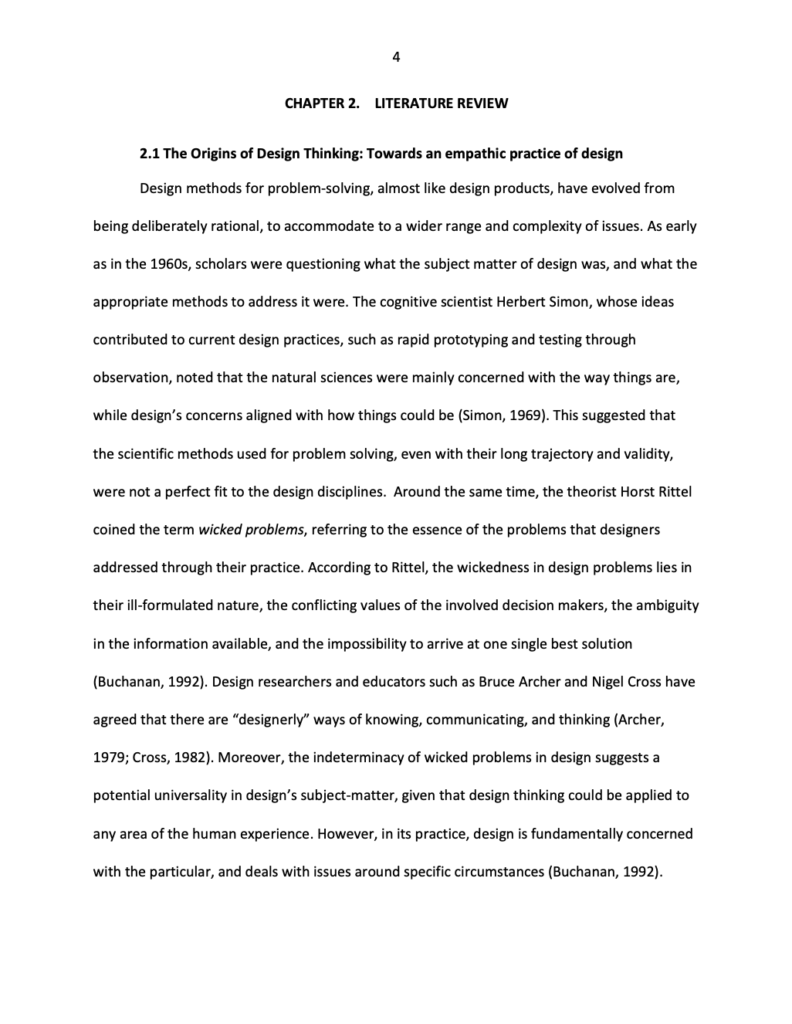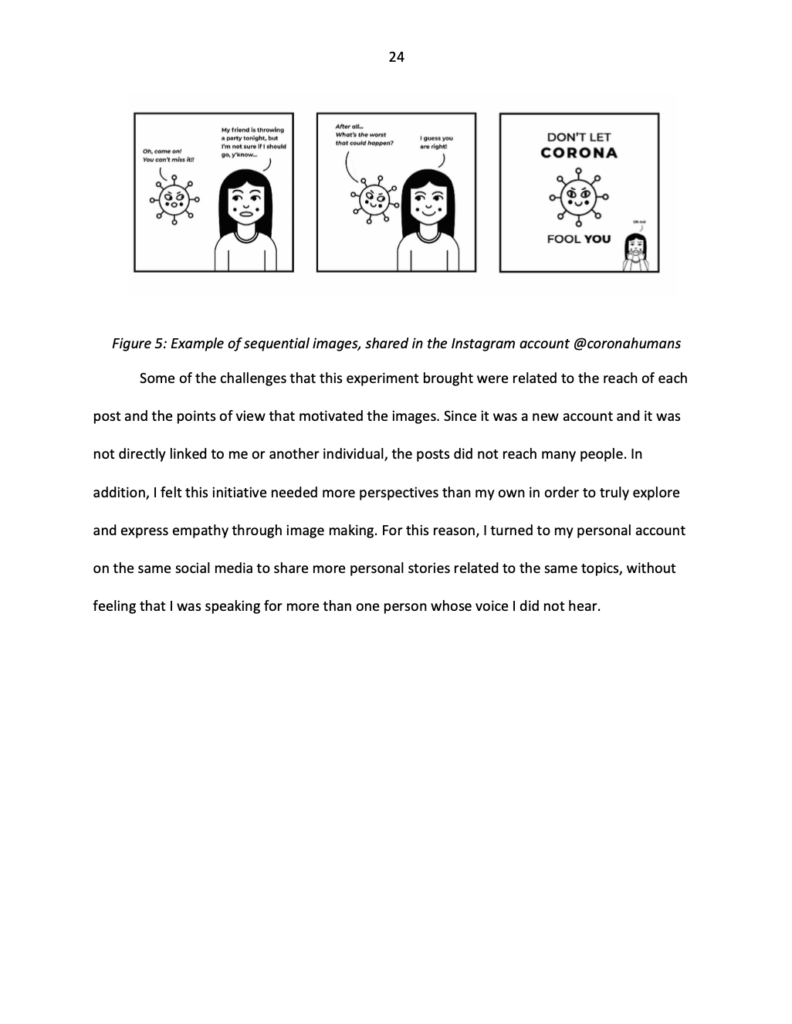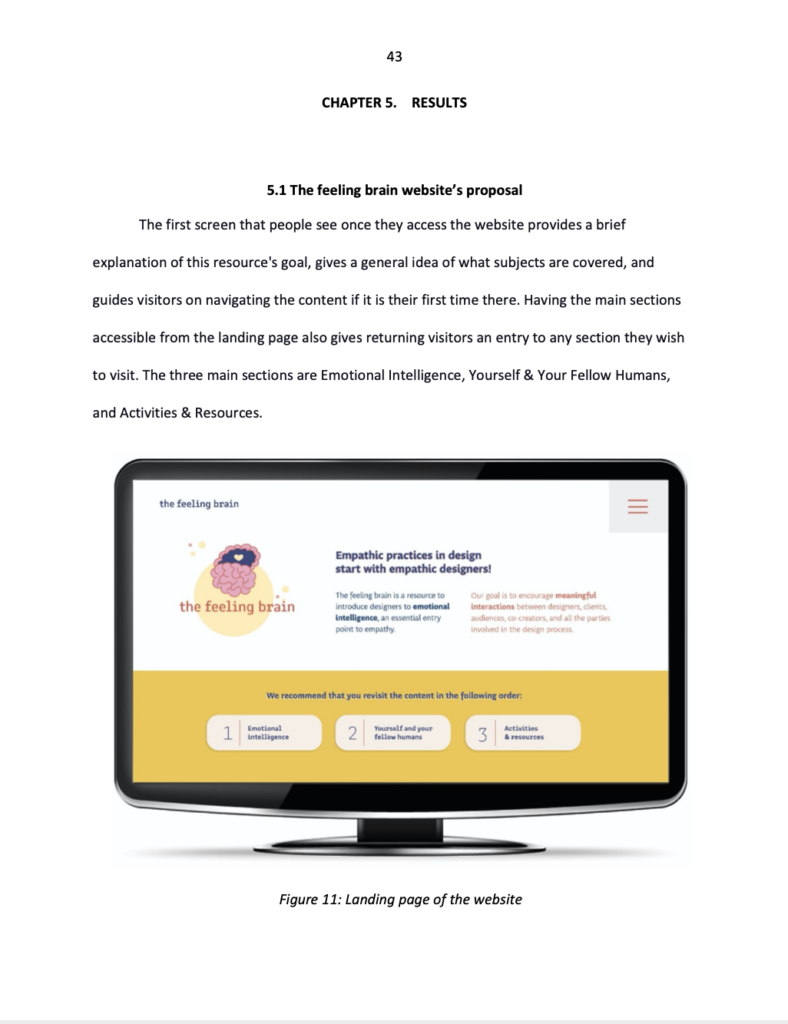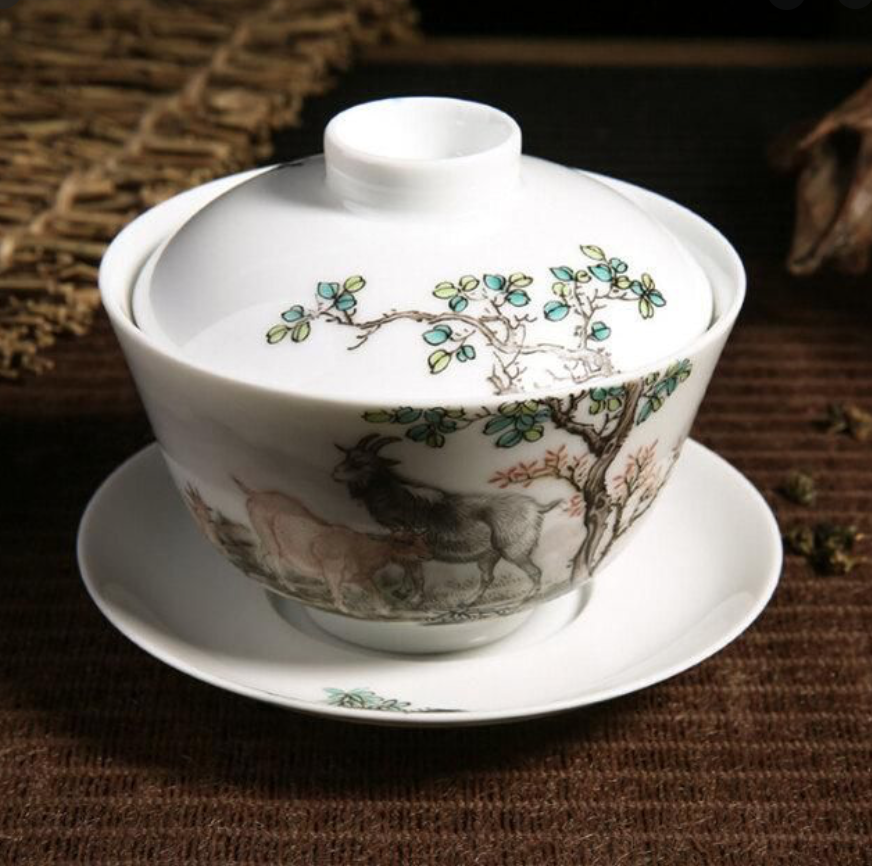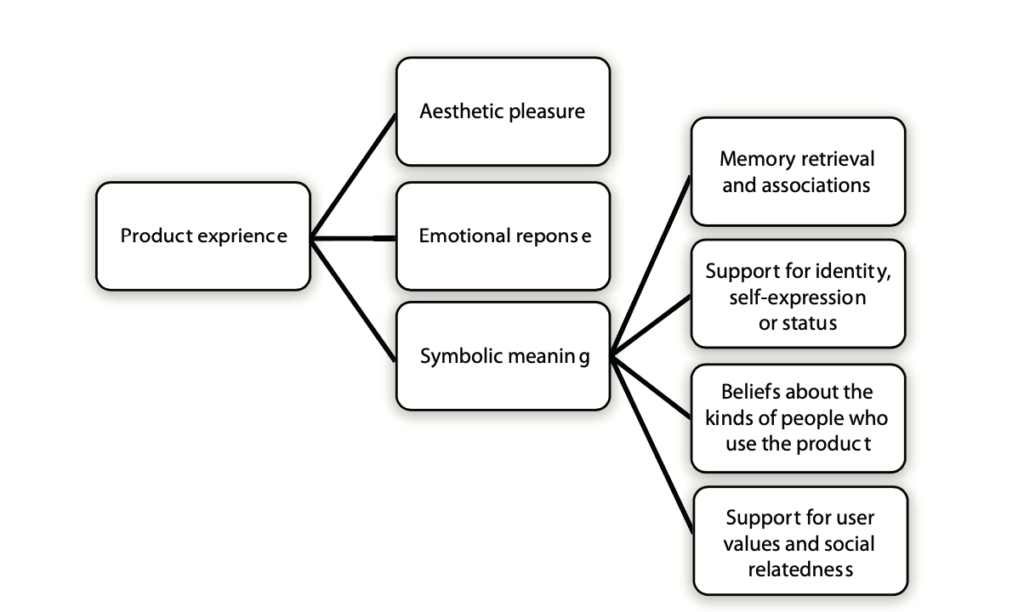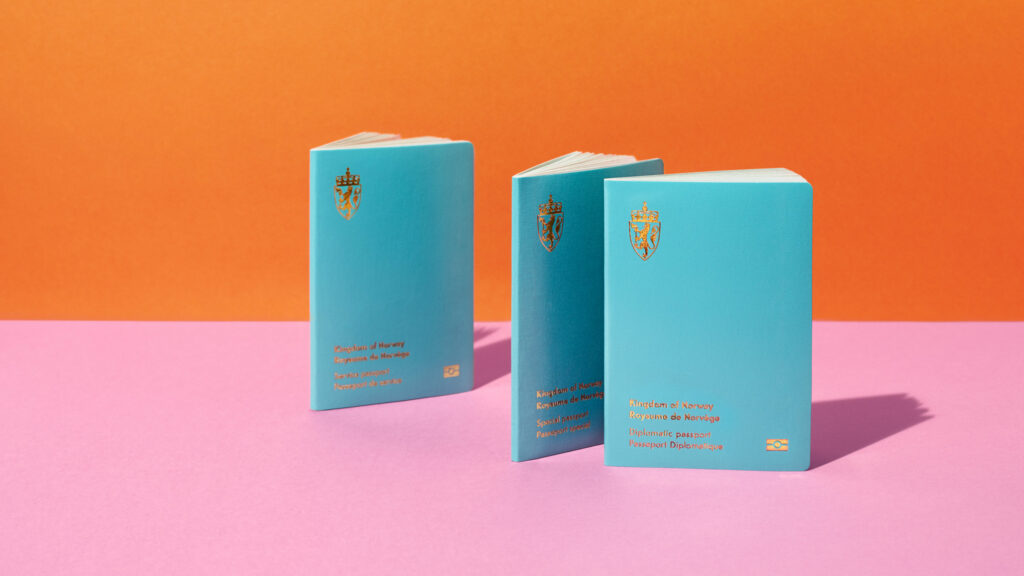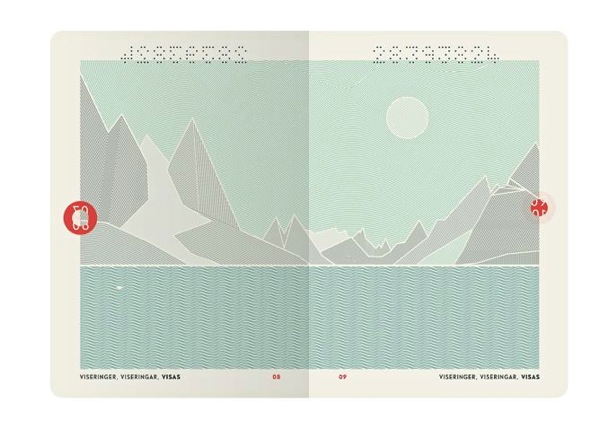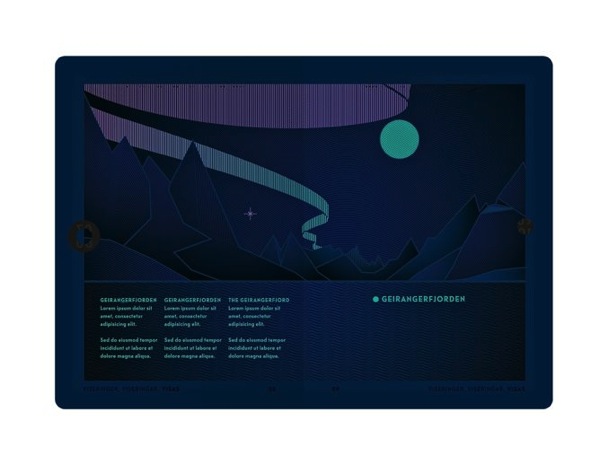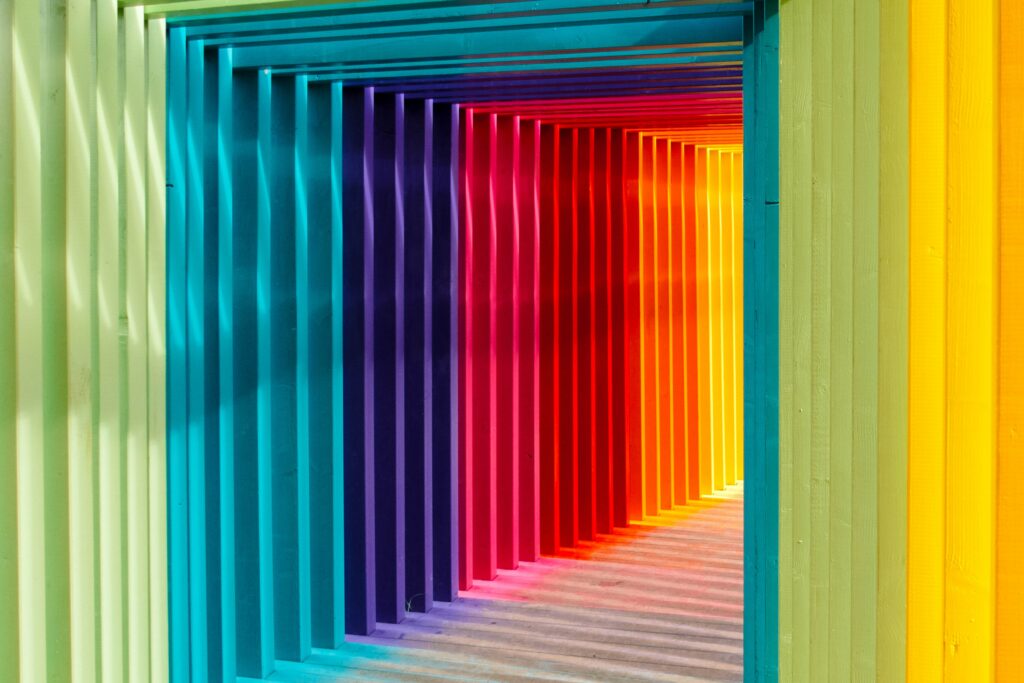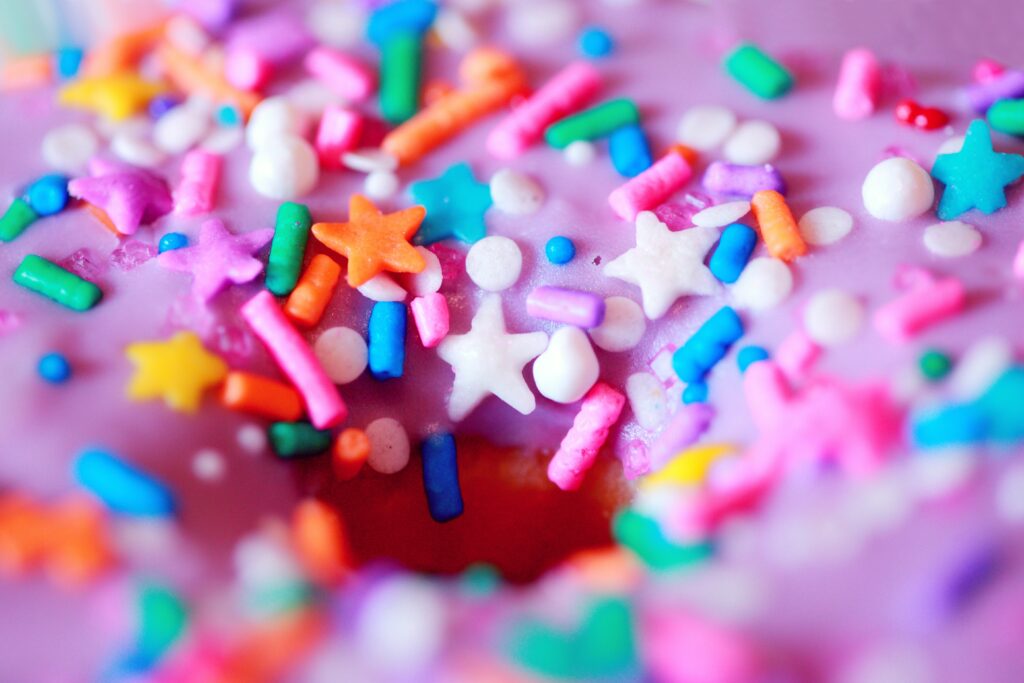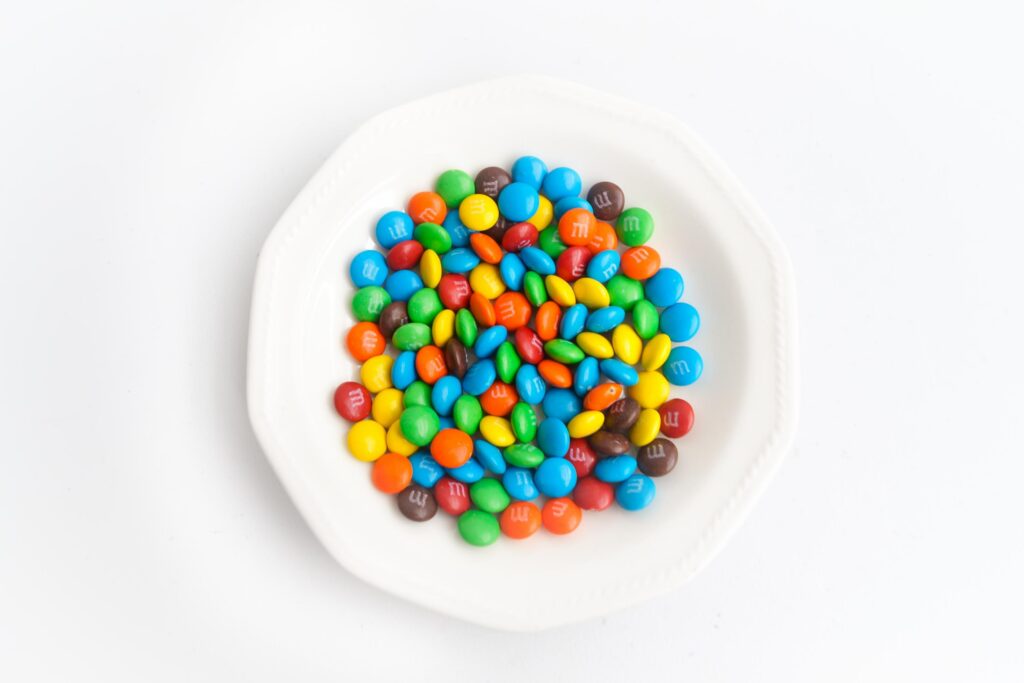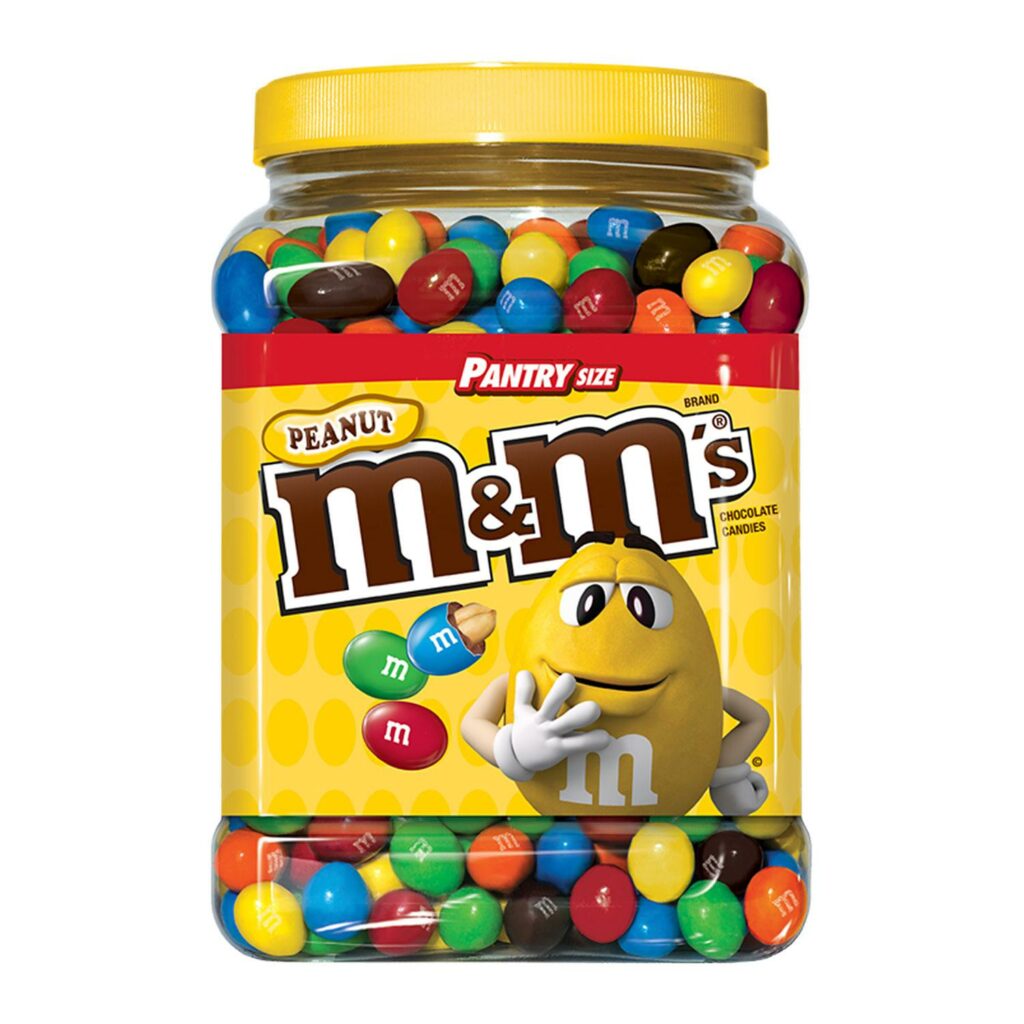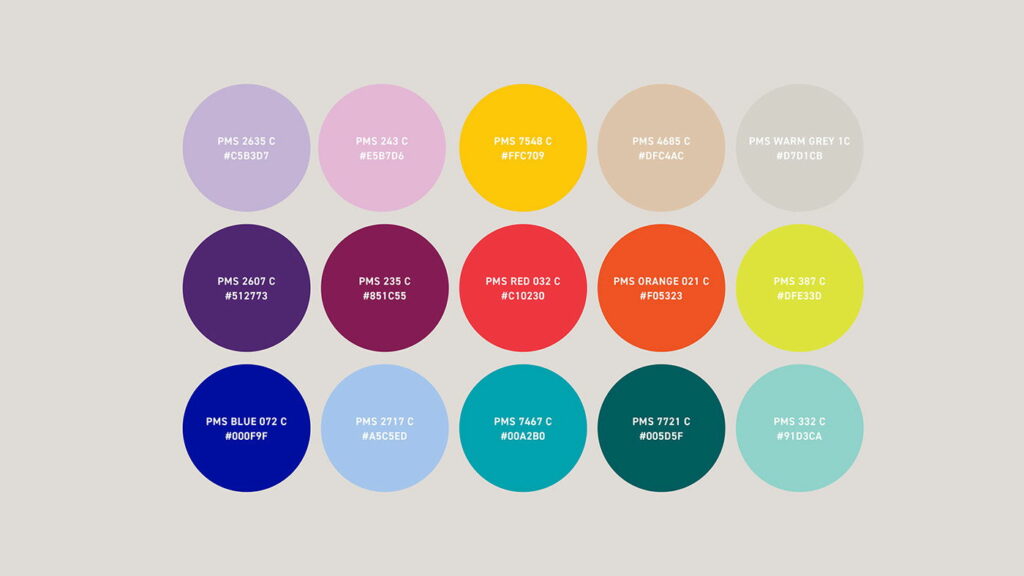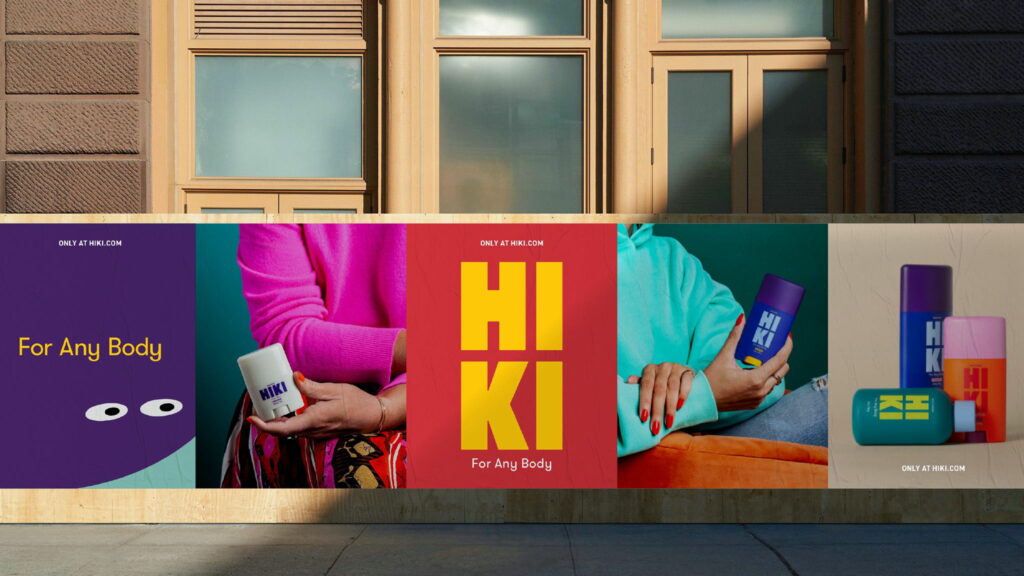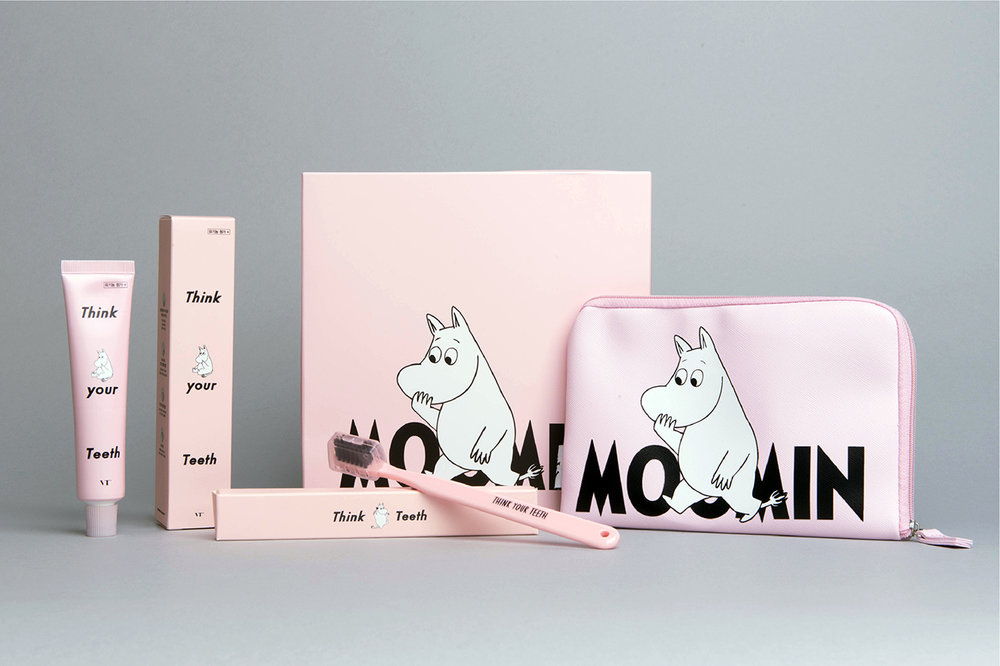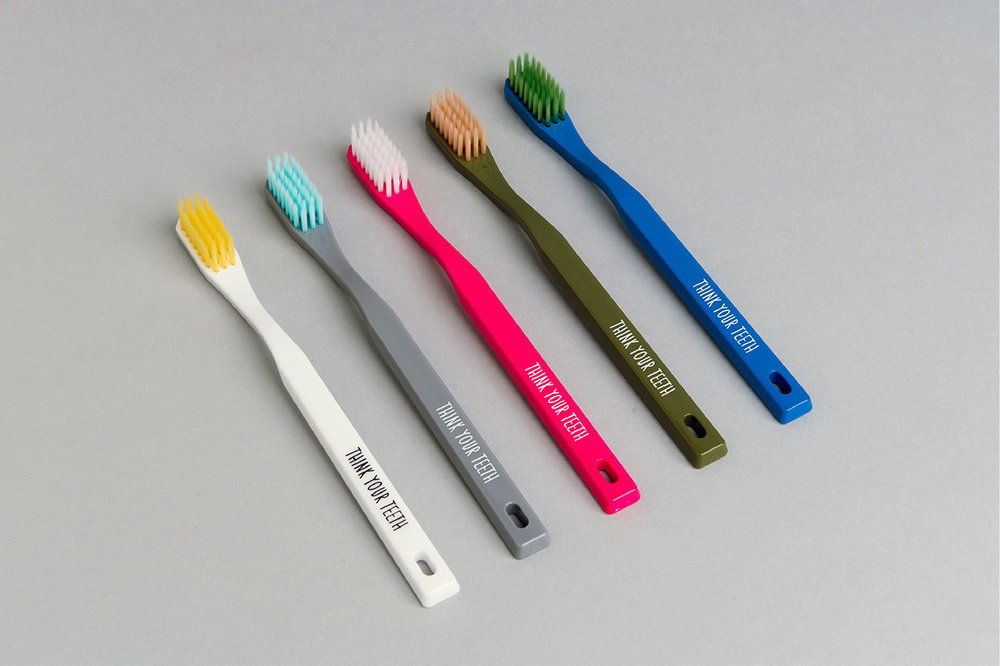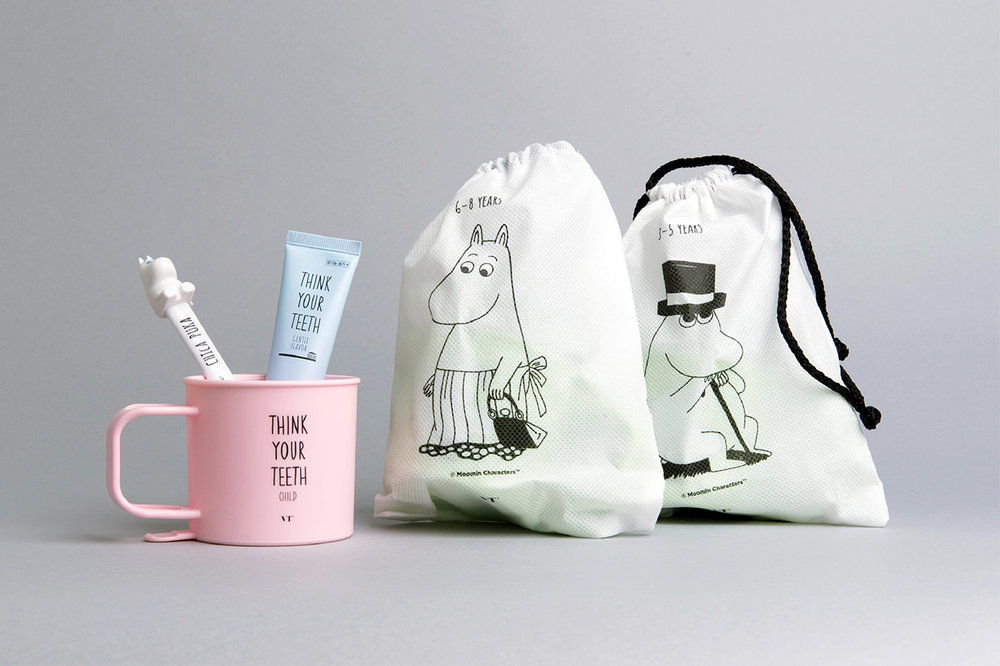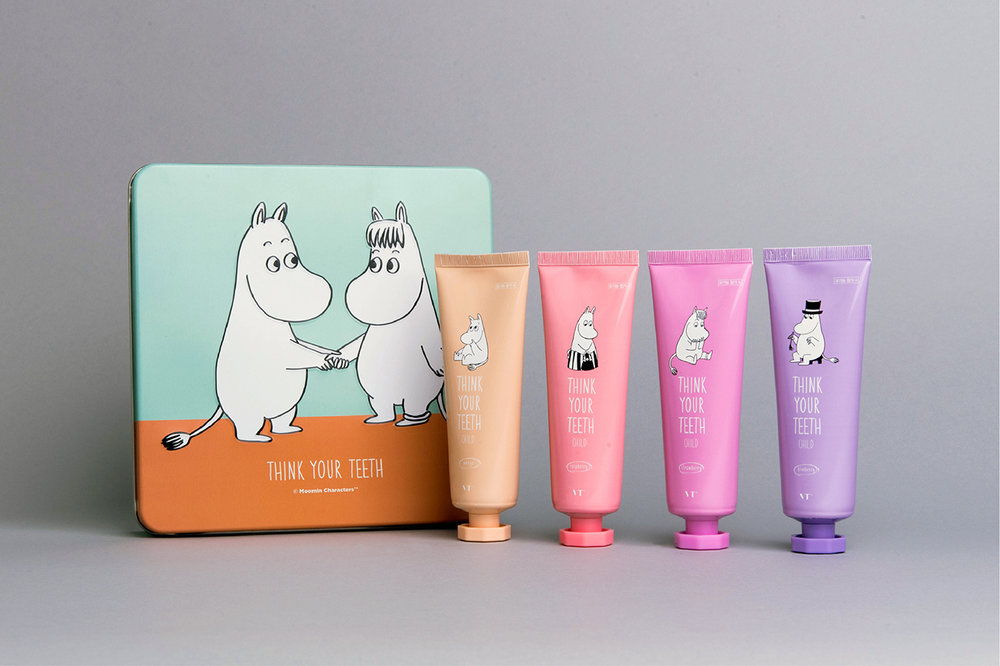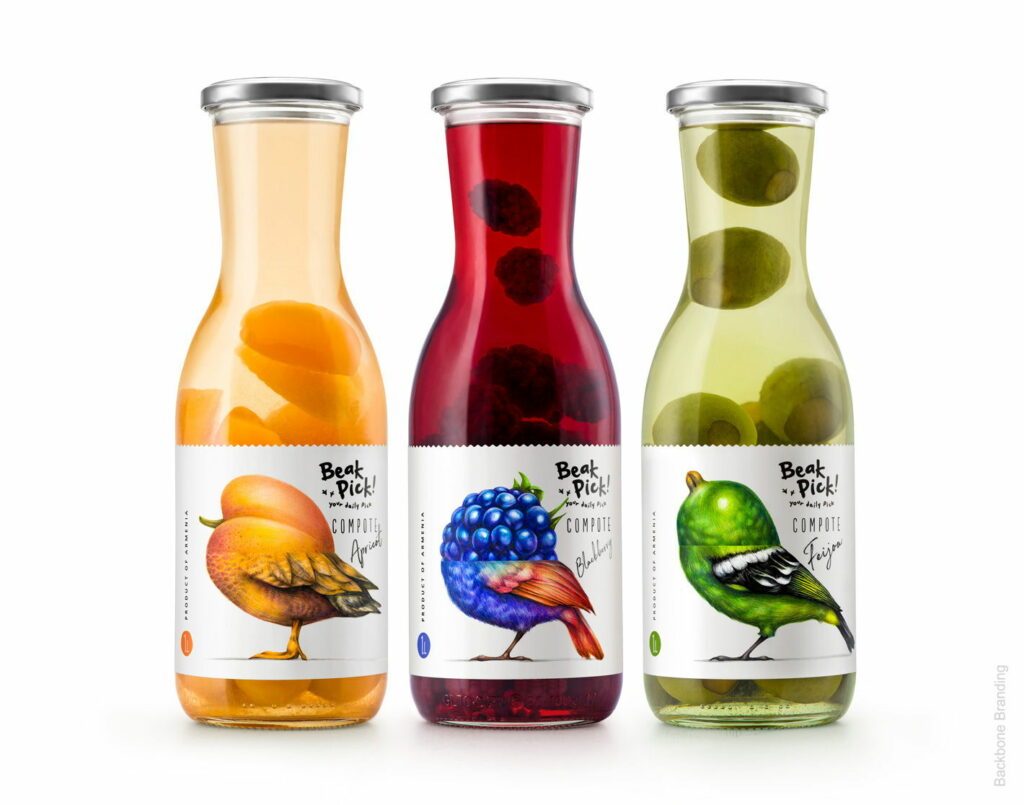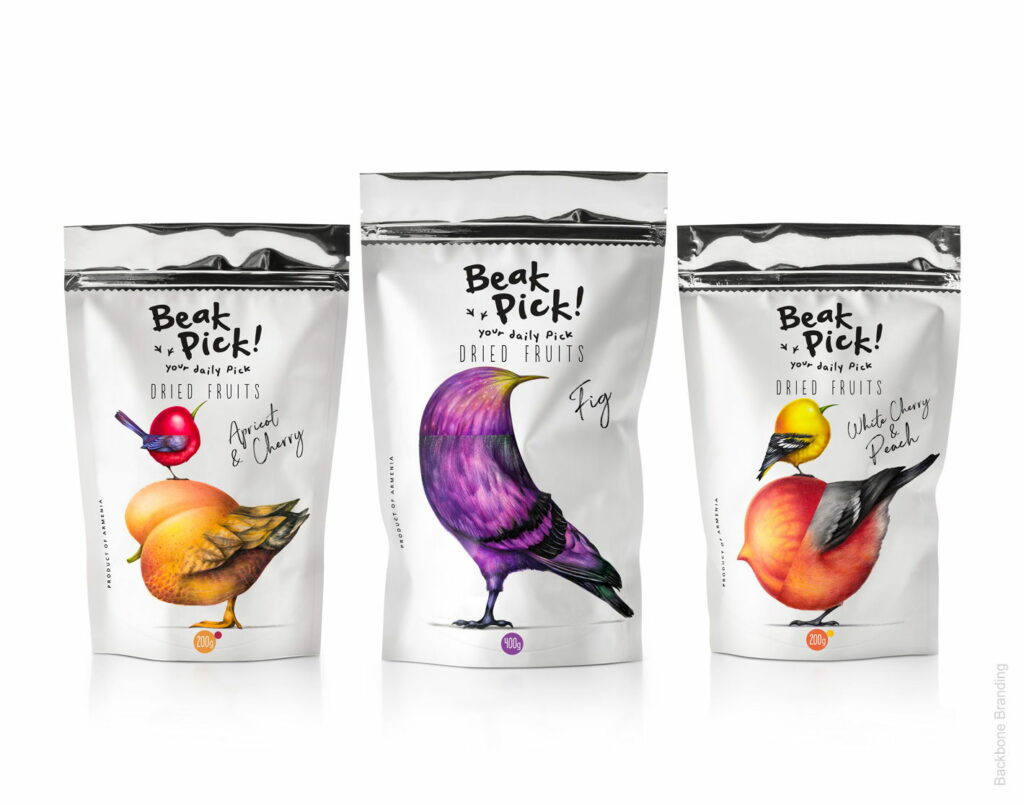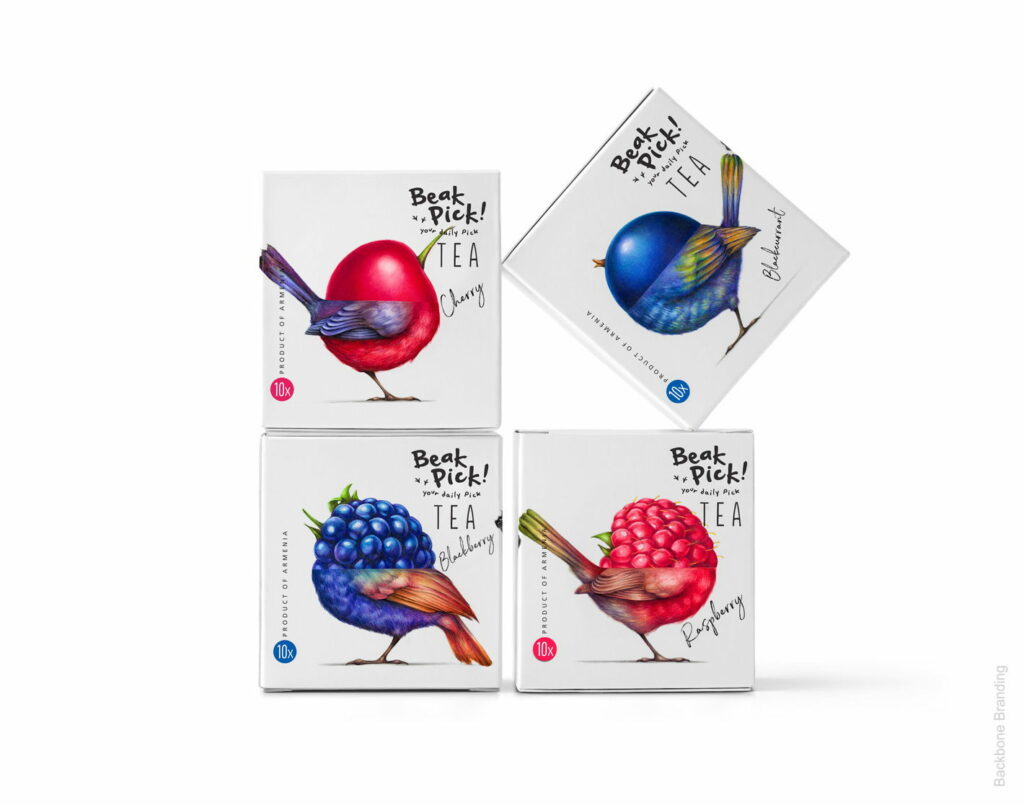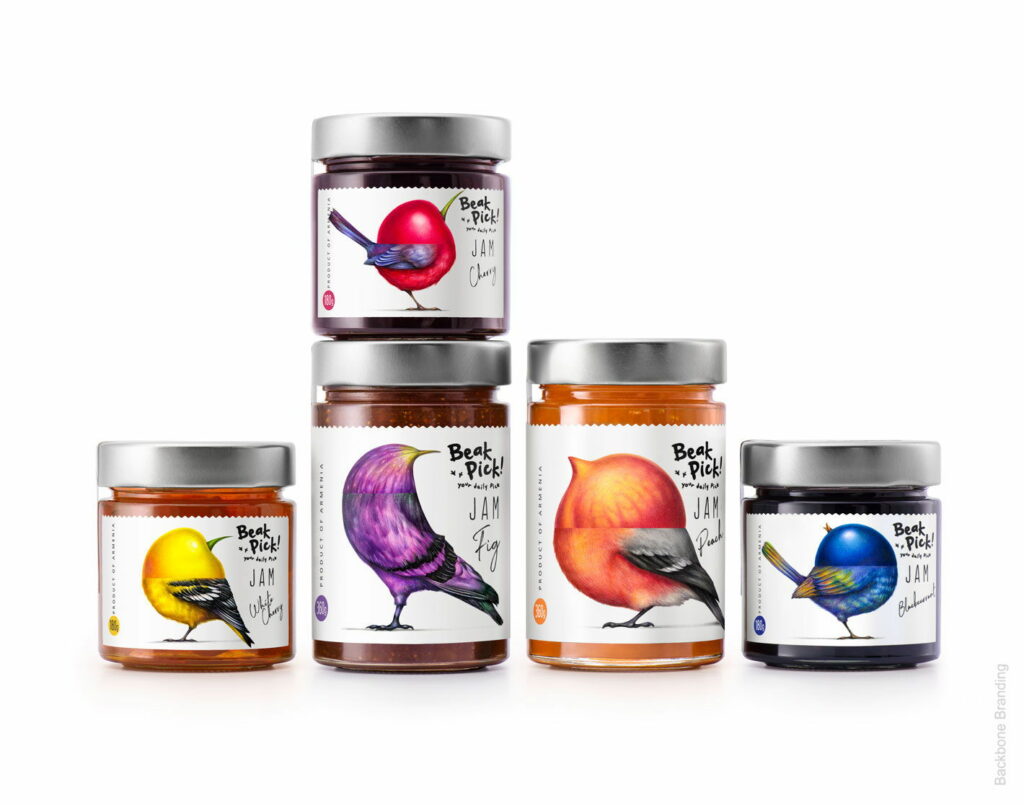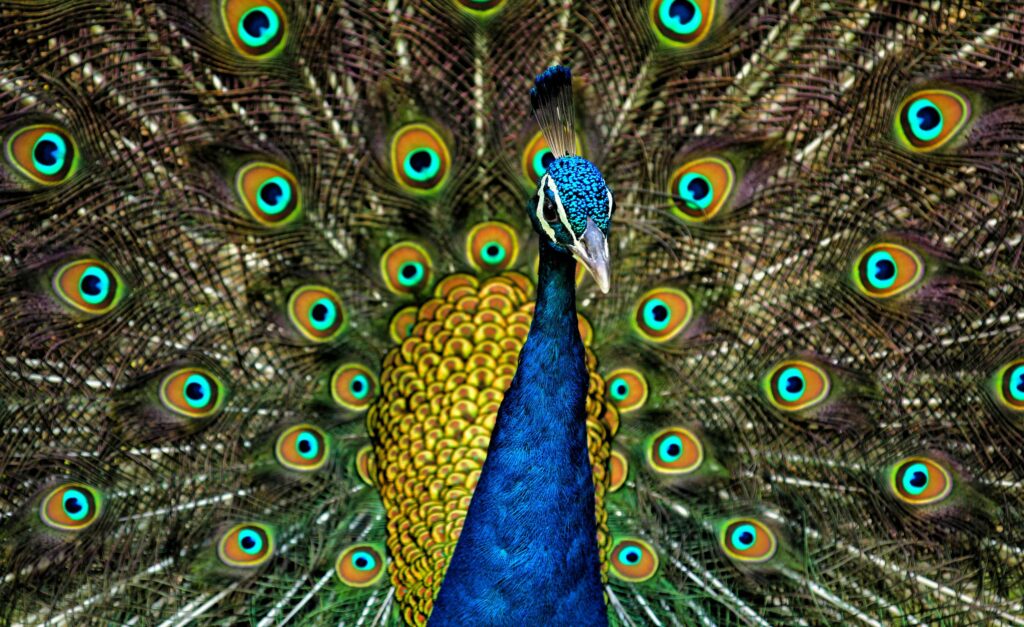In regards to my topic “Joyful Design” I was searching for a thesis that copes with design methods with focus on empathic design, since I could not find works that where specifically related to the term of “joyful design”. Throughout my research I took notice of the master’s thesis “Emotional intelligence in graphic design: Creating a resource to facilitate empathic practices” by Luisa María Burgos Barrera from Iowa State University. The thesis was published in 2020 and focuses on analysing design approaches that have empathy as a key component in their design process. The outcome was a proposal of a digital tool that designers can use to explore their emotional intelligence, which acts as an important entry point to empathy.
Title
Emotional intelligence in graphic design
Subtitle
Creating a resource to facilitate empathic practices
Author
Luisa María Burgos Barrera
University
Iowa State University
Major
Graphic Design
Year
2020
Level of Design
The thesis was handed in as a PDF document only. Throughout my research on this thesis I could not find any further physical documentation. The PDF document is well structured but does not show much creative implementations. It focuses on a rather basic presentation of content.
Around 90% of the thesis consists of a basic text layout. Few images were inserted to demonstrate design examples or diagrams. The appendix of the document introduces the practical approach of a website design proposal. Even though the practical work enhances the level of design, the form of the presentation could have been improved.
Degree of innovation
Throughout my research on “joyful design” which led me to the topic of “empathic design” I encountered another master’s thesis named “The empathy challenge. How to become an empathic graphic designer” by Sara Bengts (Department of Graphic Design, Aalto University School of Art and Design). The work has been published five years before in October 2015 and dedicated its research to a very similar research question. The output as well was an application to enhance designers ability for empathy.
In regards to empathic design, there are some resources, such as books, videos, and websites, addressed to empathic behaviour and how a person can nurture it. But few of them provide detailed instructions for how to exercise empathy through specific actions. However, since Sara Bengts already addressed that topic five years before, the degree of innovation in Luisa María Burgos Barreras master’s thesis decreases.

Sara Bengts, 2015 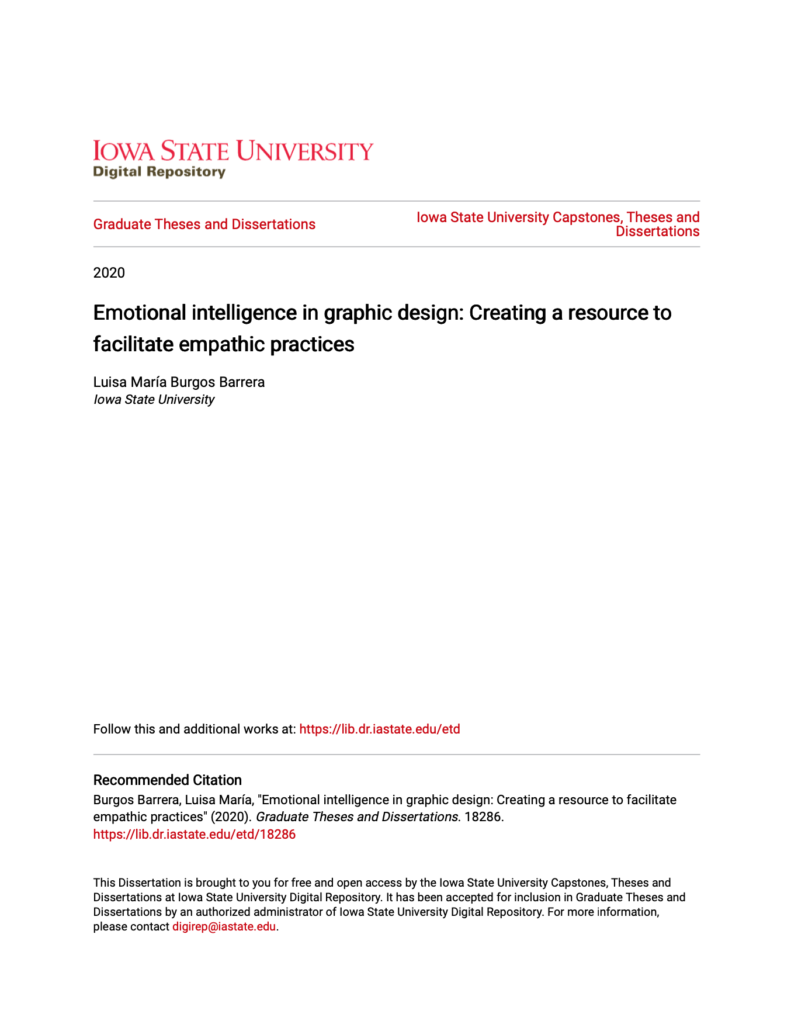
Luisa Maria Burgos Barrera, 2020
Not only that both of them analyzed tools to enhance empathy in design and developed an application for designers to practice empathy—also, both of them did the research with focus on the field of graphic design.
Independence
To a big part the thesis consists of theoretical research that has been put together in a comprehensible narrative. However, throughout the theoretical part, little side projects are included to demonstrate the ideas and findings of empathic design. Those side projects were initiated and implemented by the author. Such as the social media project @coronahumans which was initiated to explore and express empathy through image making. Those examples state that the author is able to connect her own thoughts and ideas to the research topic in a practical way. Also, the practical outcome shows the ability to independently transfer ideas of the research into a practical approach/application.
Still, the topic in general was already discussed in a master’s thesis in 2015 which has also to be considered in the degree of independence, since this Sara Bengts thesis could have acted as sort of a guideline. Even though many individual approaches still can be found in this thesis.
Outline and Structure
The outline and structure follows a very basic and comprehensible principle:
List of Figures, List of Tables, Acknowledgements, Abstract
The page numbering of “list of figures”, “list of tables”, “acknowledgements” and the “abstract” starts with roman characters to differentiate from the main content which gets structured by latin page numbers. This gives a well structured overview in the table of contents.
Chapter 1: Introduction
The introduction gives a basic overview on the term of design and its historical development and significance, which leads to the present, where nowadays empathy happens to be a fundamental skill of a designer. The following Chapters—Chapter 2 and Chapter 3—will give a good overview about “the known”.
Chapter 2: Literature Review
Digs deeper into philosophical as well as psychological aspects. It totally makes sense to focus on philosophical as well as psychological aspects, which happen to be the base of empathy/empathic design, before in the next chapter the focus will be set on the design part.
Chapter 3: Precedent
Focus on the connection between empathy and design. Chapter 3 analyzes current design projects and ends with a self initiated “mini-project”, based on the previous insights.
Chapter 4: Methodology
Analysis of different design tool kits, followed by an extensive conclusion.
Chapter 5: Results
Proposal of a solution for a website, based on the previous research.
Chapter 6: Summary and Discussion
The thesis ends with an extensive summary which ends with an outlook for future directions in empathic design.
Degree of communication
In general the thesis follows a very good structure. Content-based, the thesis covers the main issues around empathic design—philosophical aspects, psychological aspects as well as design methods—in great details. However, the introduction could have been improved in terms of communication—only the goal gets outlined, but a clear statement of used research methods could have been mentioned already at the beginning. At some points the use of visualizations, to transport certain insights even more comprehensible, is lacking.
Scope of the work
The work includes an extensive theoretical research. In between mini projects which illustrate findings have been included too, which gives a great practical addition. The main practical output of the thesis however lacks a bit in detail and could have been improved in terms of argumentation. To a huge part only screenshots of the outcome (website) have been put into the last chapter, with only brief explanation.
Orthography and Accuracy
I did not detect any mistakes in terms of orthography. Also in terms of citations the work seems to be very accurate.
Literature
The author made balanced use of primary literature and web sources. Noticeable in terms of used primary literature is that only a few where recently published (2018—2020). Most of the primary literature was published between 1979 and 2010. More recent content was taken from web sources. The topics in the selected literature ranged from design history, design studies/methodic up to social psychology, neurobiological and philosophical objectives.
